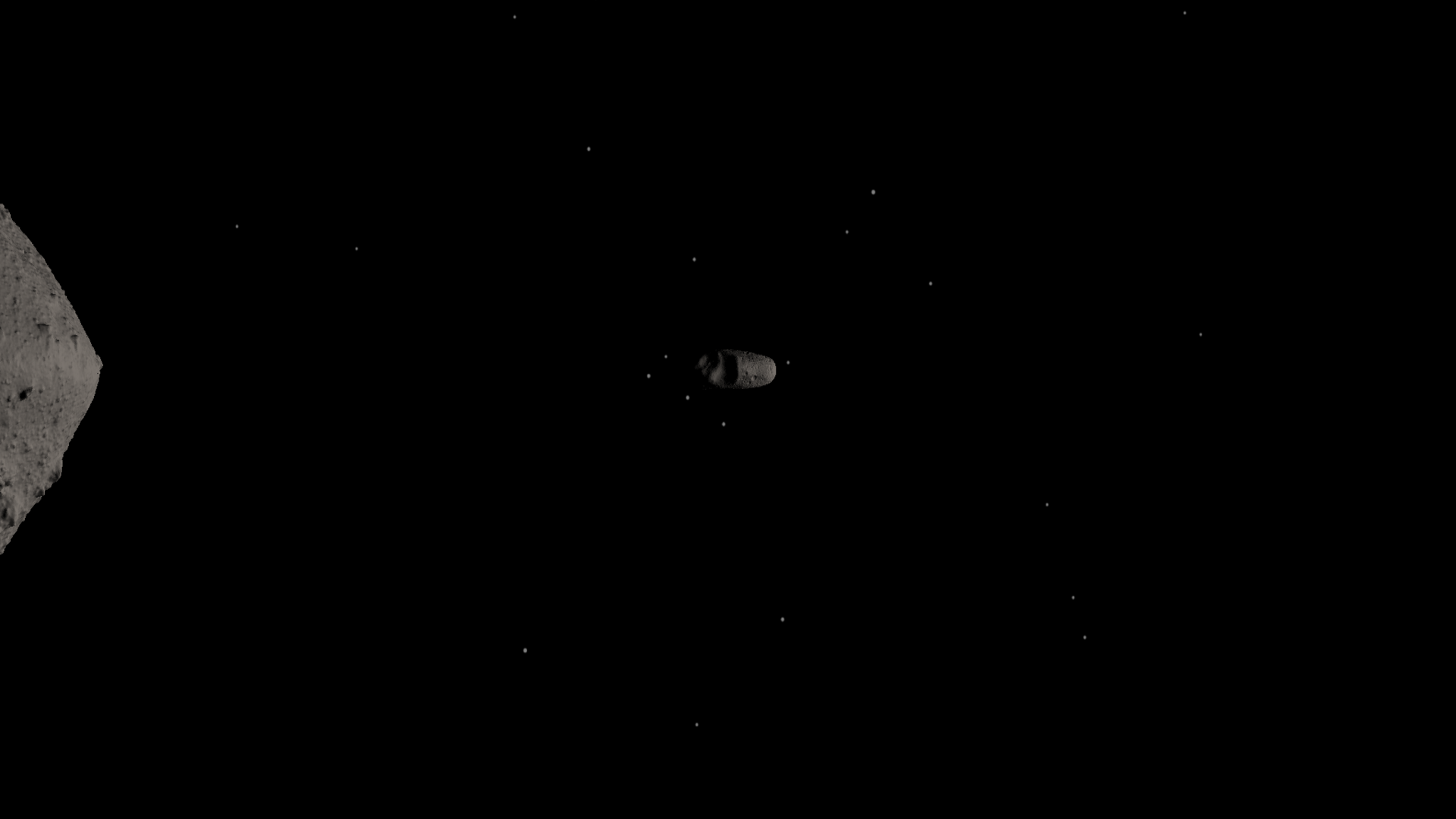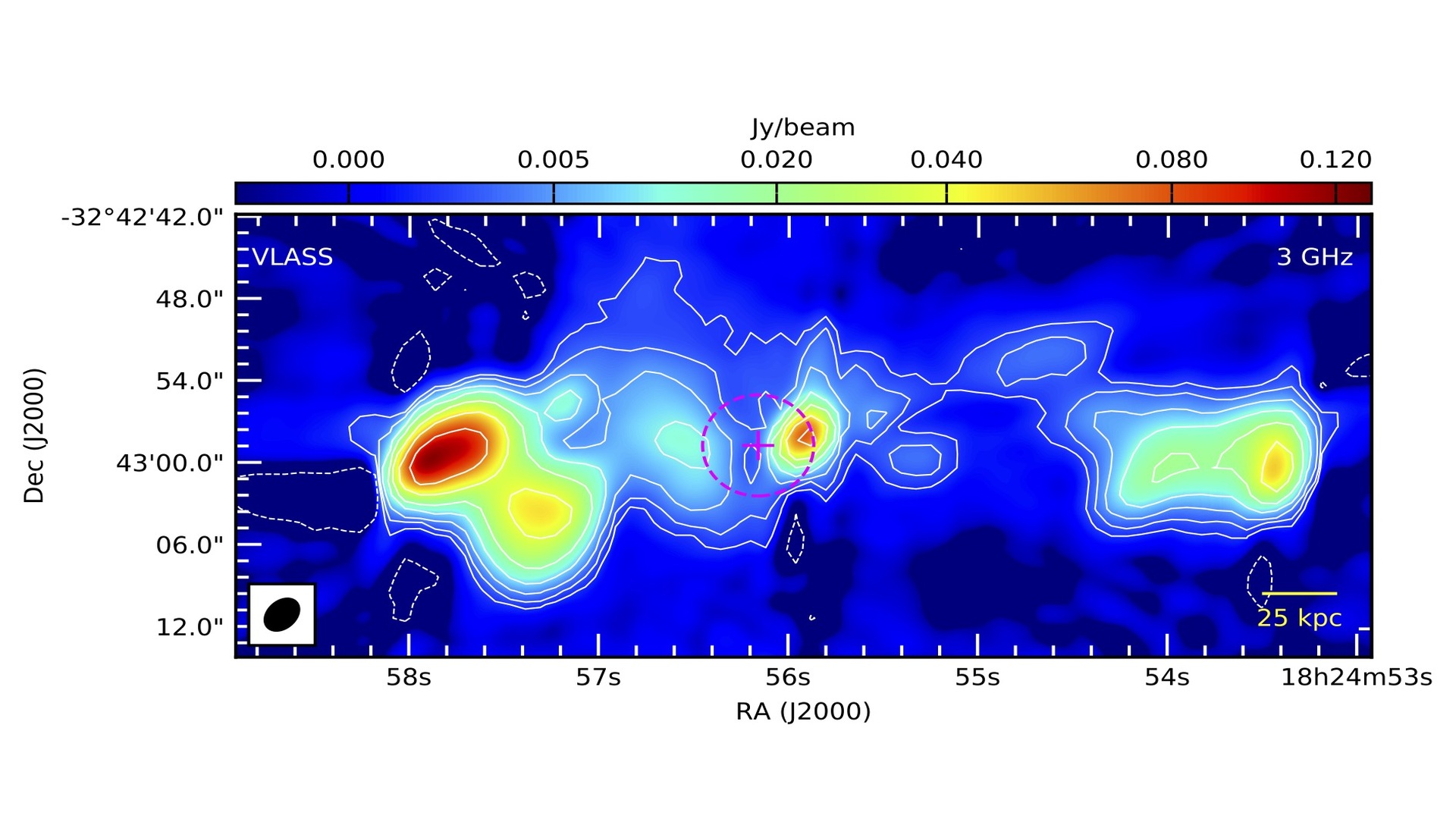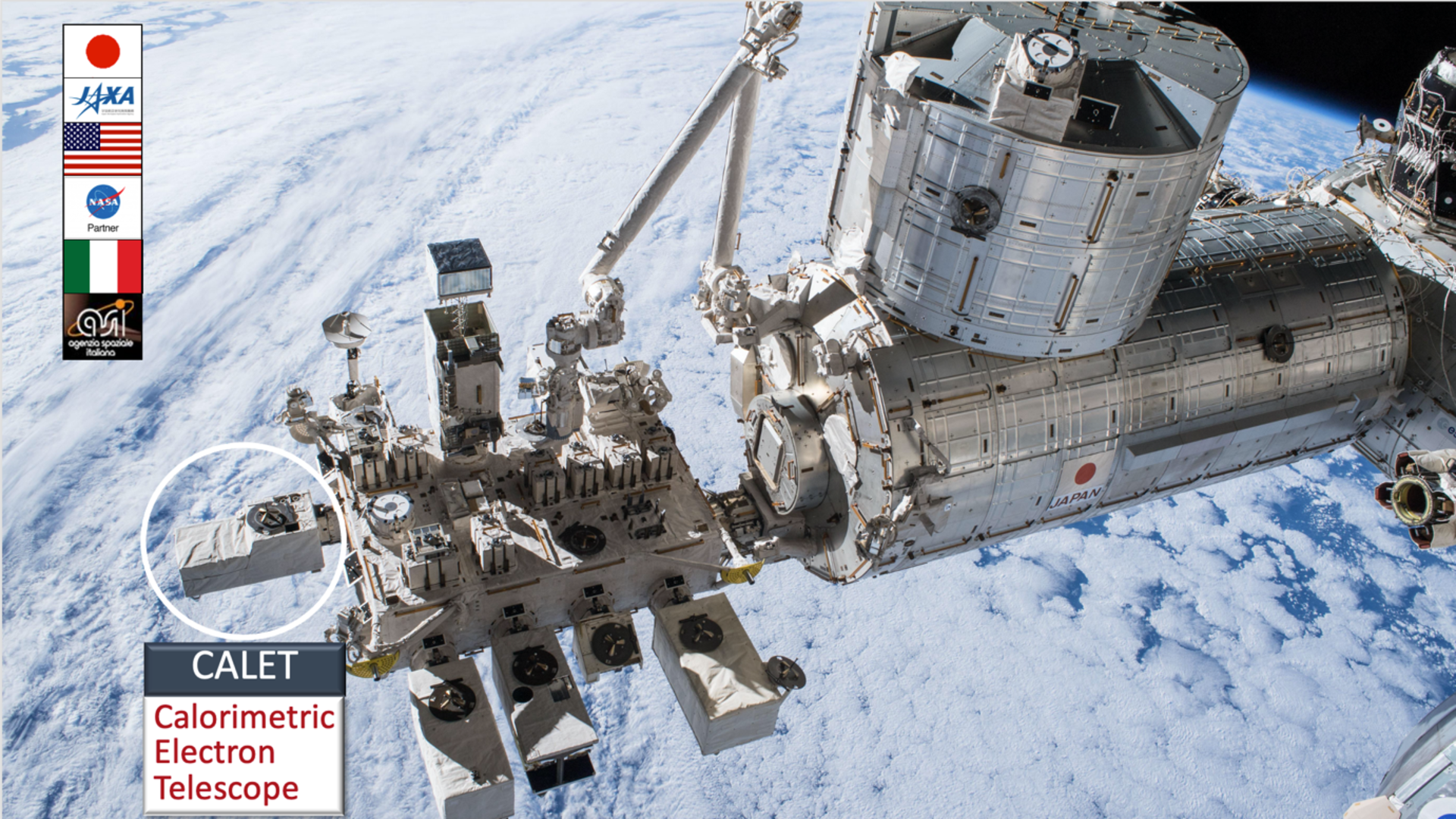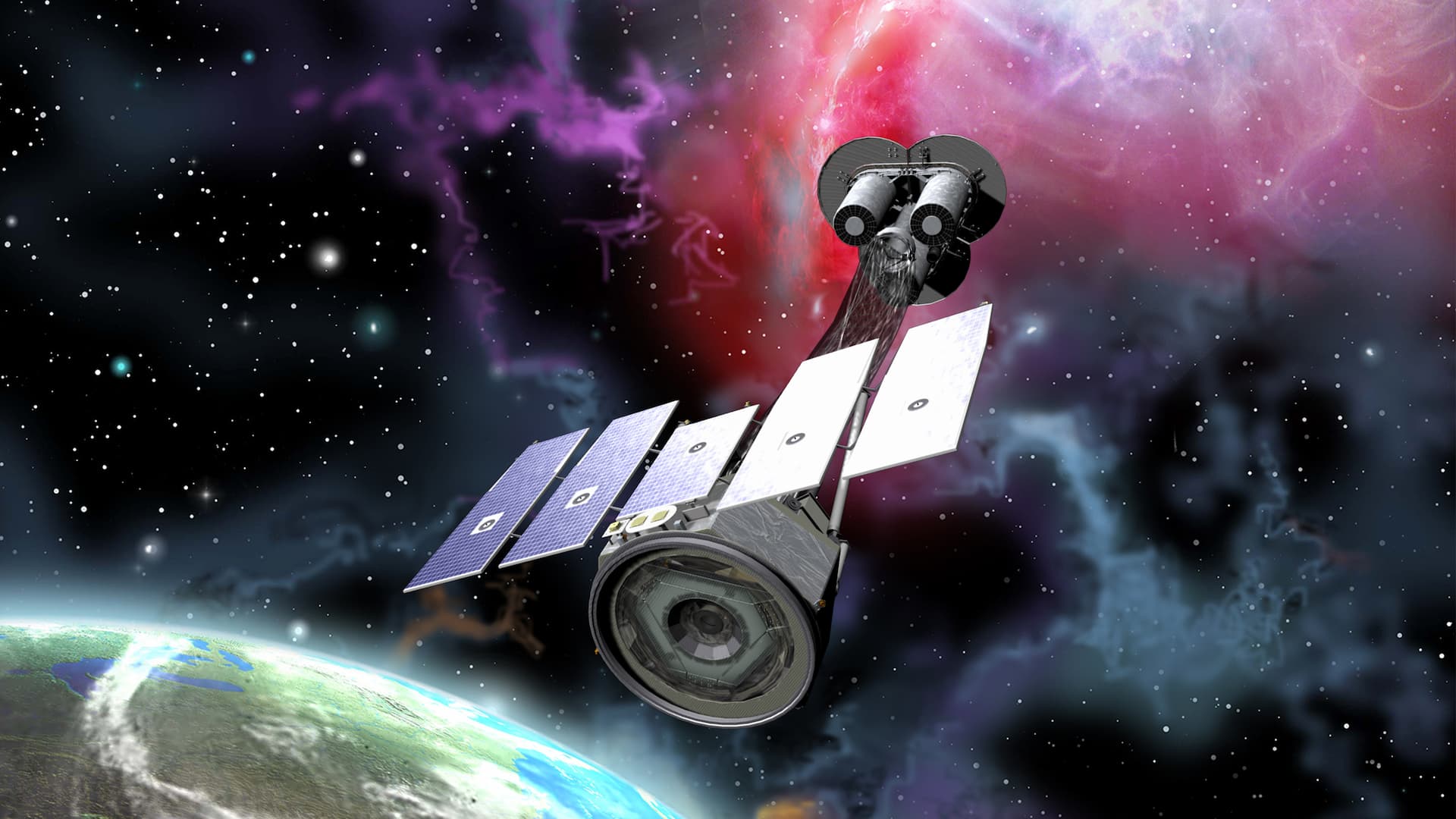Within the framework of the worldwide Planetary Defence programmes the possibility of detecting asteroids from space, in order to overcome the limitations of ground based observations, is gaining momentum. Europe is committed to tackle the so-called ”imminent impactors” threat, posed by objects in the 10-40 m range in route of collision with the Earth. These asteroids, due to their small size, yet capable of producing significant damage on the ground, and the usually unfavourable encounter geometries, are difficult to detect with a sufficient warning time to allow for efficient mitigation actions. Therefore, placing a telescope on a Distant Retrograde Obit (DRO) has been proposed, these are also known as “quasi-satellite” orbits since, due to phasing, when seen from our planet, the satellite actually seems to orbit the Earth. ASI’s Space Research Unit of the Science & Reasearch Directorate has contributed to a detailed analysis of such a mission carried out at Cranfield University (UK). Using case studies of historic asteroid undetected close encounters, the minimum altitude of an orbit has been found, allowing to spot an imminent impactor about one week before the impact - compatible with the typical warning values for some natural disasters -. Additionally, the use of a lunar swingby has proven to significantly improve the accessibility of DROs of this size. The study has been nominated, among 800 candidates, for the “2022 IAC Interactive Presentations Award”, category “Space and Society”.
References:
Alfonso Martinez Mata, Ettore Perozzi, Marta Ceccaroni: Addressing Imminent Impactors Threat From Distant Retrograde Orbits (DRO). Paper IAC–22–D9.2.8 / ID 71048 (2022).
Alfonso Martinez Mata: Transfer Trajectory Design of Distant Retrograde Orbits in the Sun-Earth System for Asteroid Detection Applications. MSc Thesis, Cranfield University (2020).
Ettore Perozzi, Marta Ceccaroni, Giovanni B. Valsecchi, Alessandro Rossi: Distant Retrograde Orbits and the Asteroid Hazard. European Physical Journal Plus, 132 (8) Article No. 367 (2017)
Figure caption: Detection coverage of a 4-spacecraft constellation in DRO. The Earth is at the centre of the diagram, green circles represent the position of the spacecrafts and colour scale corresponds to asteroid size (meters).





